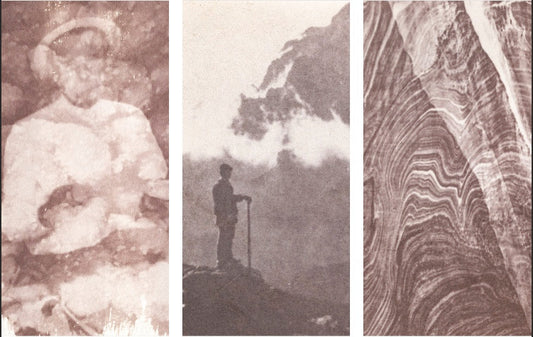Collection: Salt paper Process
The salt paper print is one of the earliest photographic processes, invented by William Henry Fox Talbot in 1839. It involves coating paper with a salt solution, followed by silver nitrate to make it light-sensitive. A negative is contact-printed onto the paper using sunlight, creating a soft, warm-toned image. After exposure, the print is fixed and washed to preserve it. Known for its delicate and textured appearance, salt paper prints were the foundation of early photography and valued for their simplicity and historic charm.
-
Salt Paper Print 1 day advanced workshop
Regular price €130,00 EURRegular priceUnit price / per

